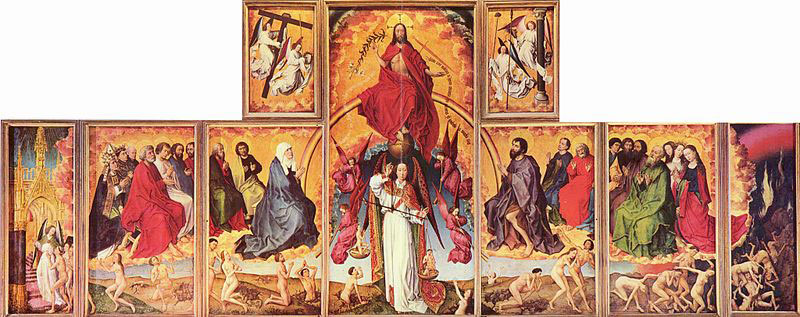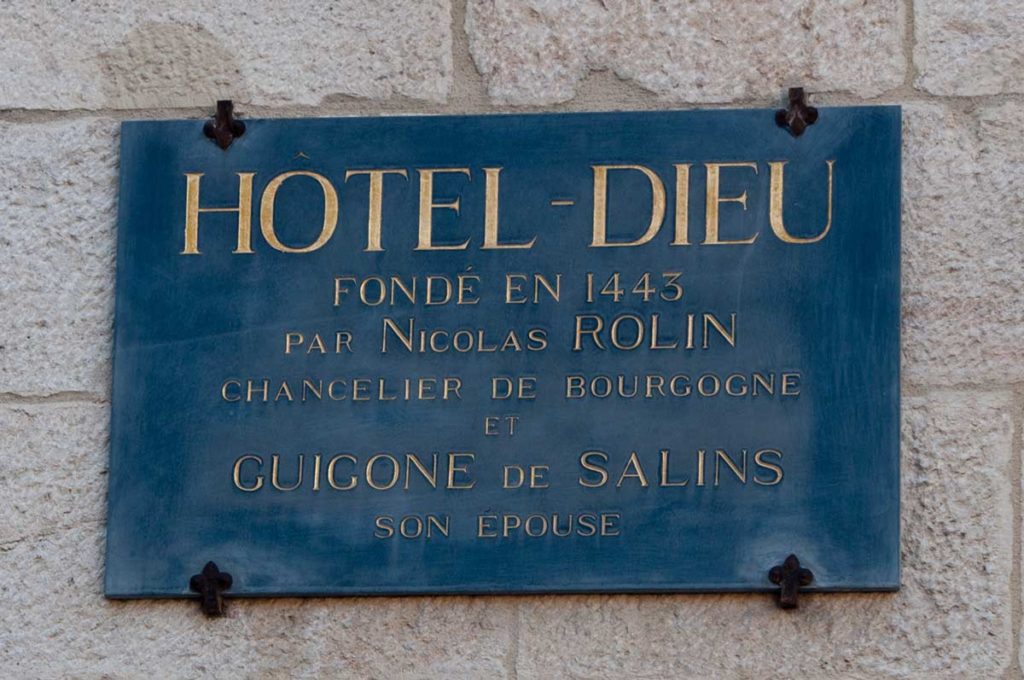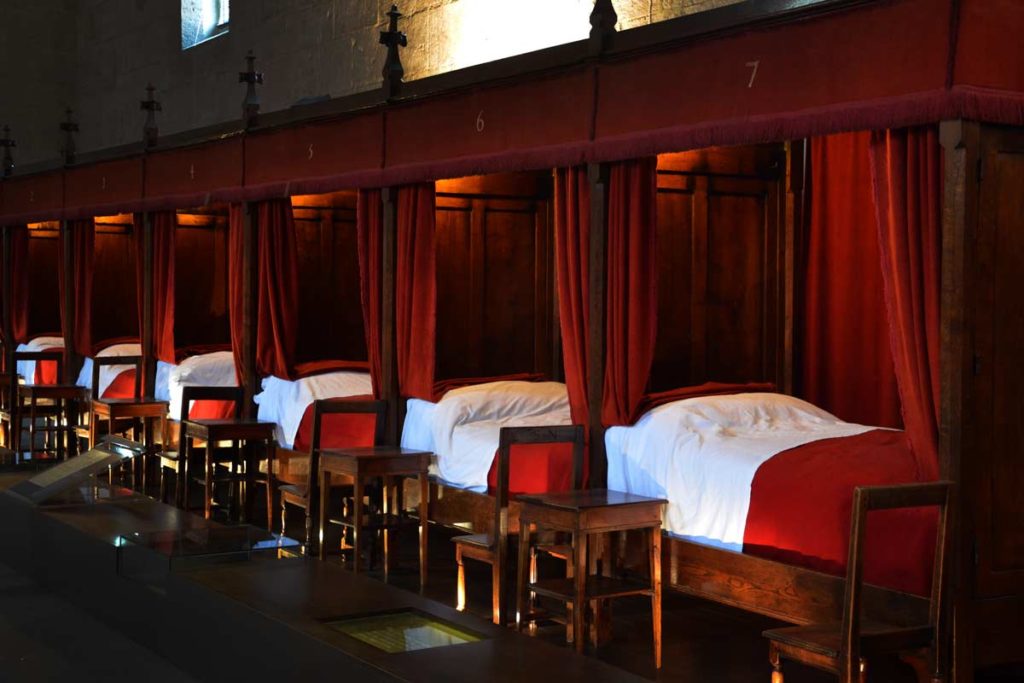Beaune, the capital of Burgundy wines and a true gem with unparalleled art de vivre
A crossroad town between North and South of Europe, Beaune is a vibrant medieval town, with an outstanding combination of old buildings, cobbled-stone streets and wine enthusiasm at every corner. Art de vivre is no cliché here.
The Hôtel-Dieu de Beaune, a remarkable historical monument founded in 1443

In 1443, Nicolas Rolin (Chancellor to the Duke of Burgundy, Philippe le Bon) and his wife Guigone de Salins decided to create a hospital for the ‘pôvres’ (poor). They had it built in the town of Beaune, in the heart of the Duchy of Burgundy, which was already a busy town due to its geographical position at the crossroads between the north and the south of Europe. The Hôtel-Dieu was born and, for the following five centuries, it received the sick, disabled and destitute whom it treated free of charge.
The Hôtel-Dieu de Beaune: a prime example of medieval Burgundy architecture

For the design of his hospital, Nicolas Rolin took inspiration from the architecture of the hospitals in the north of the Duchy of Burgundy (which at that time extended as far as today’s Flanders). With its Gothic facades, the Hôtel-Dieu de Beaune is considered a jewel of medieval Burgundy architecture. Particularly striking is the contrast between the austerity of the facade facing the road with its slate roof and its impressive cantilevered porch, and the burst of decorative detail of the interior, along with the famous glazed tiles in shimmering hues.
The Hôtel-Dieu museum in Beaune receives over 400,000 visitors per year. It is, not surprisingly, one of the most visited tourist attractions in Burgundy along the ‘Route Grands Crus’, along with numerous other heritage treasures such as the Abbey of Cîteaux and the Château du Clos de Vougeot (where the Confrérie des Chevaliers du Tastevin wine brotherhood holds its Chapters including the famous Chapter (banquet) of the Trois Glorieuses held on the Saturday night before the Hospices de Beaune auction on the Sunday).
Tourism in Beaune: the Hôtel-Dieu museum, an important tourist attraction for both adults and children
Today the Hôtel-Dieu occupies a large surface area in the town of Beaune with its museum, its three courtyards, its outbuildings, its 15th century bastion and its hundreds of metres of cellars preserving, in particular, the Hospices de Beaune’s private stock. The four buildings open to the public, arranged around the Cours d’Honneur (main courtyard), represent the original configuration of the Hôtel-Dieu. From its foundation in 1443, Nicolas Rolin had intended for the establishment to be fitted out with furniture, tapestries and other fabulous objects.
For all those interested in heritage, the Hôtel-Dieu museum (visit lasts around an hour) is one of the most important tourist attractions in Beaune, and is of particular interest for its Polyptych of the Last Judgement, a masterpiece by Rogier van der Weyden.
From the Hôtel-Dieu to the Hospices Civils de Beaune
Although the Hôtel-Dieu is the centrepiece, today this unique place is part of a larger ensemble known as the Hospices Civils de Beaune. This administrative entity currently comprises a number of establishments: The Hôtel-Dieu and its museum in the town centre, of course, the Nicolas Rolin Hospital (Beaune hospital) in the outskirts of the town, a retirement home, a nursing school and, of course, on the winemaking side, the Domaine des Hospices de Beaune with its winery and its 60 hectares of vineyards, whose 50 wines are sold each year at the famous charity auction on the third Sunday in November.





